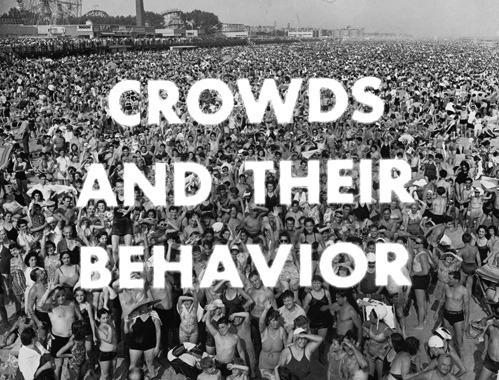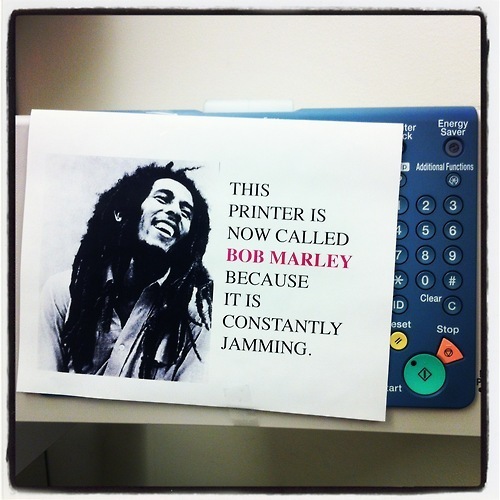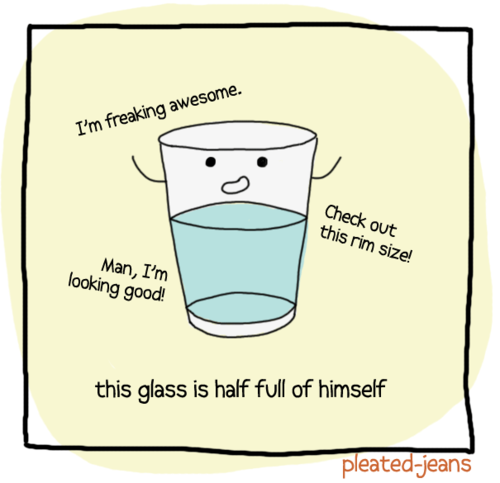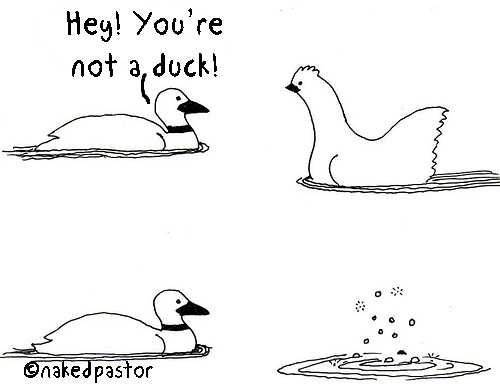Kem Meyer's Blog, page 16
July 25, 2012
Secret to learning the difference between your "super-powers"and your "kryptonite."
Two words: self awareness.
Great article from HBR.org: How leaders become self-aware. Some excerpts.
The conviction (and yes, often ego) that leaders need for their vision makes them less than optimally wired for embracing vulnerabilities or leading with humility.
Test and know yourself better. Take personality tests that facilitate self-reflection. Understanding what core traits drives your decisions and attitude is most important for increasing the probability for success
Watch yourself and learn. Warren Buffett, for example, has made it a habit for years to write down the reasons why he is making an investment decision and later look back to see what went right or wrong.
Be aware of others, too. The best teams are rarely made up of similar types. On the contrary, they are composed of a diversity of excellence.
The trinity of self-awareness: know thyself, improve thyself and complement thyself.
Easier said than done. Why? Because people don’t always commit to stand in the face of truth. Intellectual honesty, rigorous commitment and active truth-seeking are sine qua non to any self-awareness process.
Self-reflection and its reward of self-awareness cannot be passive exercise.
There is a reason why in rehabilitation programs the starting point is being aware enough to admit you have a problem. So, too, is the case in business leadership and personal development.

July 19, 2012
So many life metaphors. Too little time.
“We must shift America from a needs- to a desires-culture....

“We must shift America from a needs- to a desires-culture. People must be trained to desire, to want new things, even before the old have been entirely consumed. […] Man’s desires must overshadow his needs.” — Paul Mazur (Lehman Bros, ca.1930)

July 10, 2012
Welcome to my world.
July 9, 2012
The goofiest things start me laughing and I can’t stop....
Need help leading communications? Here's two upcoming learning opportunities...
Communication is tricky. Especially organizational communication. There’s so many people involved–on the inside and out–to keep up with it. How do you communicate:
INSPIRATION: information that motivates people to action.
OWNERSHIP: mission, vision and values across departments and campuses.
INCLUSION: a common vocabulary for diversified audiences.
BALANCE: just enough but not too much.
LONGEVITY: not just the here and now, but for ongoing future.
These are loaded objectives and there’s two common responses to the challenges–control everything or just give in to the free-for-all. Both approaches are counter-productive.
It’s not as complicated as we tend to make it. There are simple approaches to a seamless message. Want a fresh perspective, an encouraging nudge, a few “aha” moments and examples of uncomplicated strategies that make a noticeable difference? Here’s two upcoming learning opportunities:
Workshop. On Friday, July 20, I’ll be leading a one-day workshop about Communications here at Granger. We’ll look at the very real challenges of organizing communication efforts and get practical about how to remove barriers–inside and out. Starts at 9AM, done at 4. Power packed.
Coaching Network. In September, I’ll be launching the fall coaching network for anyone who leads, influences or supports local church communications before, around or after the weekend message. Application deadline is August 1.
Is a coaching network for you? While it’s not for everyone, it’s a highly unique and rewarding experience for anyone who is a part of it. Five seasons of coaching networks has produced an impressive alumni list . See for yourself. Here’s a first hand report from two of them:
Bobby Gilles, coaching network alumni, shares his review here. And, interviews me with some FAQs here.
Thelma Bowlen, coaching network alumni, shares her postscript here.
The time is now if you’re interested. Space is limited. Maybe I’ll see you soon.

July 2, 2012
Powerful little story, isn’t it?
5 principles of good design that are too often ignored...
Can your design pass these filters?
Good design makes a product useful. Emphasizes the usefulness of a product while disregarding anything that could possibly detract from it.
Good design makes a product understandable. Can make the product talk.
Good design is unobtrusive. Leaves room for the user’s self expression.
Good design is honest. Doesn’t manipulate the consumer with promises that can’t be kept.
Good design is as little design as possible. Concentrates on the essentials and the product is not burdened with non-essentials.
This list is an excerpt of a top 10 list by Dieter Rams. I just pulled my top 5 from the top 10, cuz that’s how I roll. (Thanks to Dieter for the list and Jeff Myers for sharing the link.)

June 28, 2012
I would seriously hire this kid.
Proofreading is more than spelling. This elevator is a big jerk...
Kem Meyer's Blog
- Kem Meyer's profile
- 3 followers









